Macroscale angioarchitectural properties of functional and structural networks

| smoia | |
| @SteMoia | |
| s.moia.research@gmail.com |
ISMRM 2024

1. Faculty of Psychology and Neuroscience, Maastricht University, Maastricht, The Netherlands; 2. Brain Innovation, Maastricht, The Netherlands; 3. Neuro-X Institute, École Polytechnique Fédérale de Lausanne, Geneva, Switzerland; 4. Department of Radiology and Medical Informatics (DRIM), University of Geneva, Geneva, Switzerland; 5. CIBM Center for Biomedical Imaging, Geneva, Switzerland


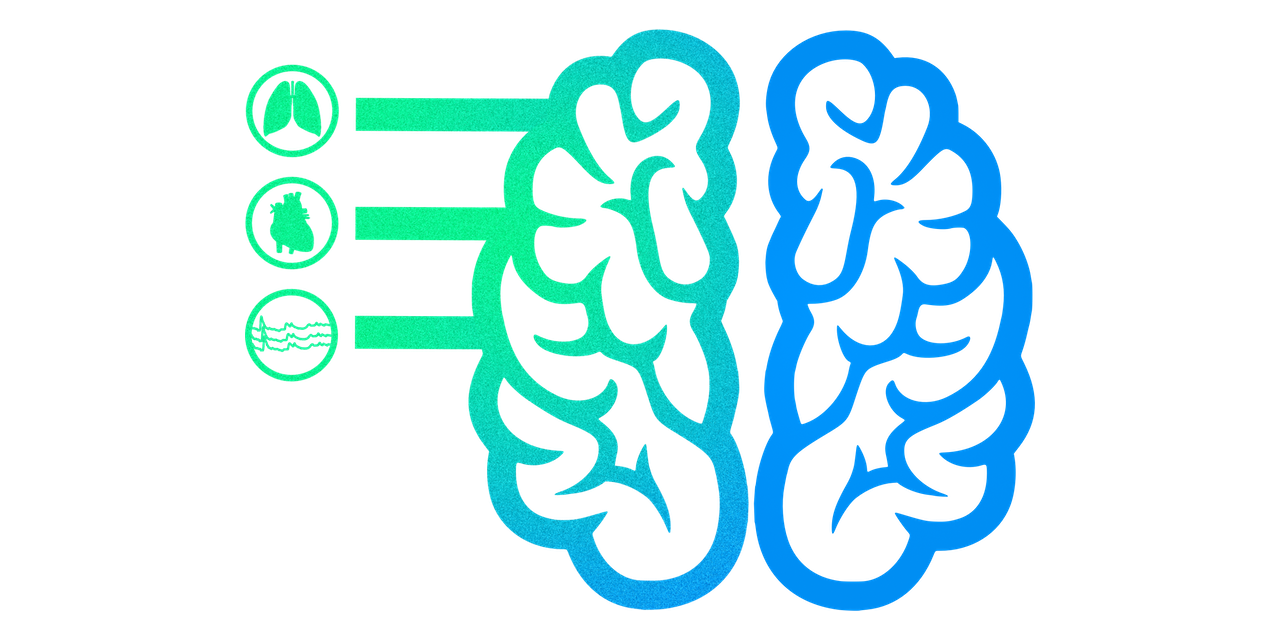
Stefano Moia¹, Omer Faruk Gulban¹ ², Enrico Amico³ ⁴,
Maria Giulia Preti³ ⁴ ⁵, Benedikt Poser¹, and Dimo Ivanov¹


Macroscale angioarchitectural properties of functional and structural networks
ISMRM 2024
1. Faculty of Psychology and Neuroscience, Maastricht University, Maastricht, The Netherlands; 2. Brain Innovation, Maastricht, The Netherlands; 3. Neuro-X Institute, École Polytechnique Fédérale de Lausanne, Geneva, Switzerland; 4. Department of Radiology and Medical Informatics (DRIM), University of Geneva, Geneva, Switzerland; 5. CIBM Center for Biomedical Imaging, Geneva, Switzerland
Stefano Moia¹, Omer Faruk Gulban¹ ², Enrico Amico³ ⁴,
Maria Giulia Preti³ ⁴ ⁵, Benedikt Poser¹, and Dimo Ivanov¹


Speaker Name: Stefano Moia
I have no financial interests or relationships to disclose with regard to the subject matter of this presentation.

Declaration of
Financial Interests or Relationships
Vessels support functional connectivity
1. Yeo et al., 2011 (J. Neurophysiol.);
2. Bright et al. 2020 (NeuroImage), Chen et al., 2020 (NeuroImage)


- Functional networks¹ offer important insight into brain function
- Physiological imaging revealed functional-like networks driven by physiological or vascular BOLD (re-)activity, supporting functional activity²
- We aim at verifying if, anatomically, vascular (capillary) density relates with structural or functional connectivity strength
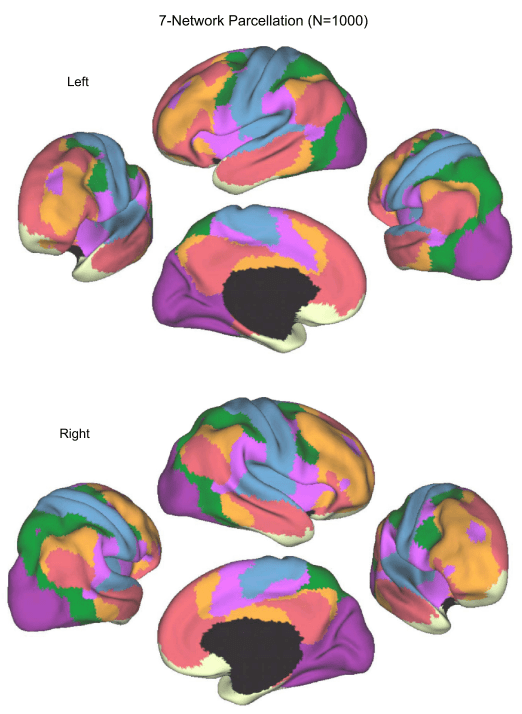
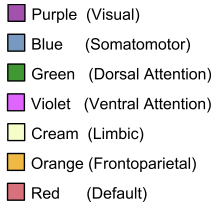
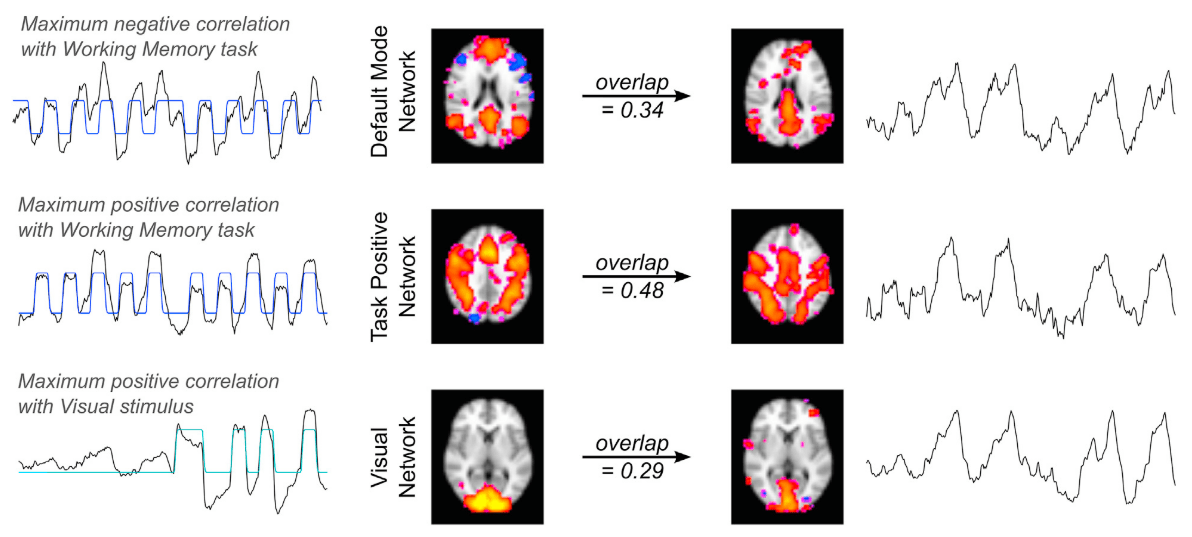
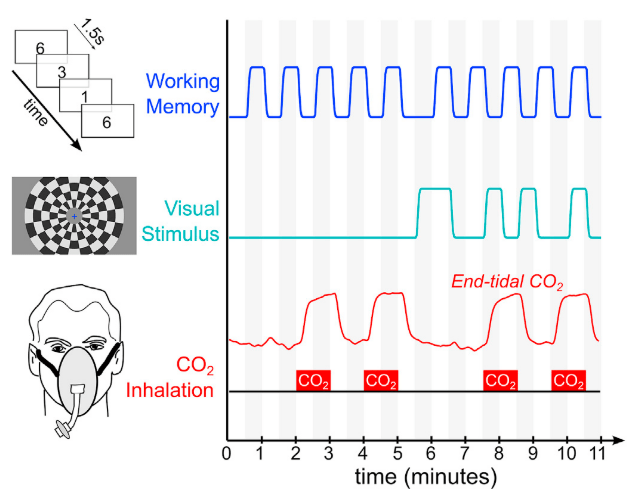
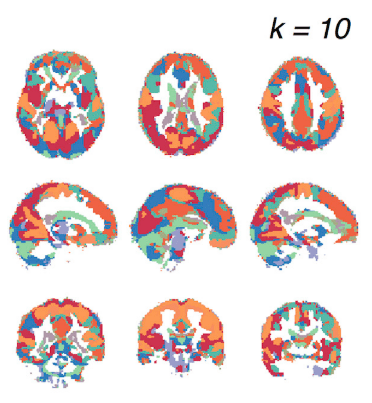
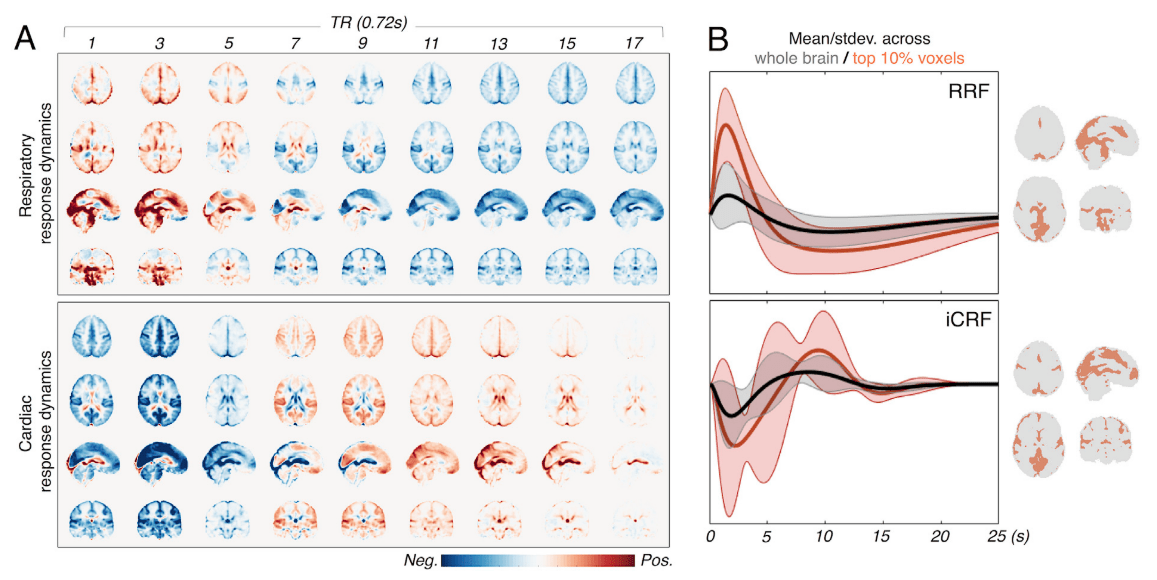
Methods: data


Natural Scenes Dataset (NSD)¹
- Skull-stripped T1w, T2w, and ToF
- Preprocessed Resting State BOLD fMRI
- Raw Diffusion-Weighted data
- Further preprocessing to match Griffa et al., 2022 (NeuroImage)
1. Allen et al., 2022 (Nat. Neurosci.) 2. Glasser et al., 2013 (NeuroImage)
INDIVIDUAL (NSD)
GROUP (HCP)
Human Connectome Project (HCP)²
- Skull-stripped T1w
- Preprocessed Resting State BOLD fMRI
- Raw Diffusion-Weighted data
- Further preprocessing to match Griffa et al., 2022 (NeuroImage)
Methods: vascular mapping


- T1w, T2w, and ToF images intensity fold into 2D¹
- Supervised segmentation²
1. Gulban, 2018 (Austrian J. Stat.); 2. Gulban et al., 2018 (PLoS ONE) 3. Huck et al., 2019 (Brain Struct. Func.)
INDIVIDUAL (NSD)
GROUP (HCP)

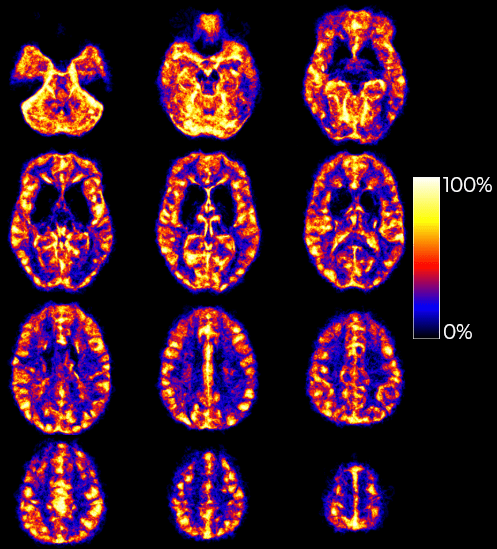
- Adopt VENAT atlas³ as proxy for venous-dominated density

Methods: Functional & Structural Connectivity
1. Glasser et al., 2016 (Nat.); 2. Moia er al., 2023 (Zenodo)
- Compute Functionalᴬ & Structuralᴮ connectivity using the Glasser atlas¹ in NiGSP², using resting state BOLD fMRI and DWI respectively, then compute node strength.



B


A

GROUP (HCP)

INDIVIDUAL (NSD)
Methods: Structural Decoupling Index



A

B

C
- Compute Coupledᴮ and DecoupledC Functional connectivity¹ in NiGSP², then compute node strength, and finally the Structural Decoupling Index³.
1. Griffa et al., 2022 (NeuroImage);
2. Moia er al., 2023 (Zenodo); 3. Preti & Van De Ville, 2019 (Nat. Commun.)

GROUP (HCP)

INDIVIDUAL (NSD)
Results: Individual vs Group


Similar connectivity for individual vs group

GROUP (HCP)

INDIVIDUAL (NSD)
Results: Correlations


- Weak correlation between vascular properties and structural and functional connectivity at the group level
- Negligible correlation at the individual level, and weak correlation with vessel distance

Discussion


- The opposite relationship of structural connectivity and functional connectivities with vascular distance (adopting VENAT vs individual vascular mask) is possibly due to the different nature of the two sets of vessels, venous vs arterial (BOLD contrast is mainly a venous effect)
- The difference between the individual and the group results indicates how individual-specific vascular properties can be
- The low resolution of the vascular images (1mm) and the averaging of the atlas might obscure true findings
Thanks to...
That's all folks!

| smoia | |
| @SteMoia | |
| s.moia.research@gmail.com |


...you for the (sustained) attention!
...the MR-methods group @UM

This project has received funding from the European Union’s Horizon Europe research and innovation programme under the Marie Skłodowska-Curie grant agreement No 101109770
Find the presentation at:
slides.com/ephraim24/macroscale-angioarchitectural-properties-fc-sc-ismrm2024/scroll

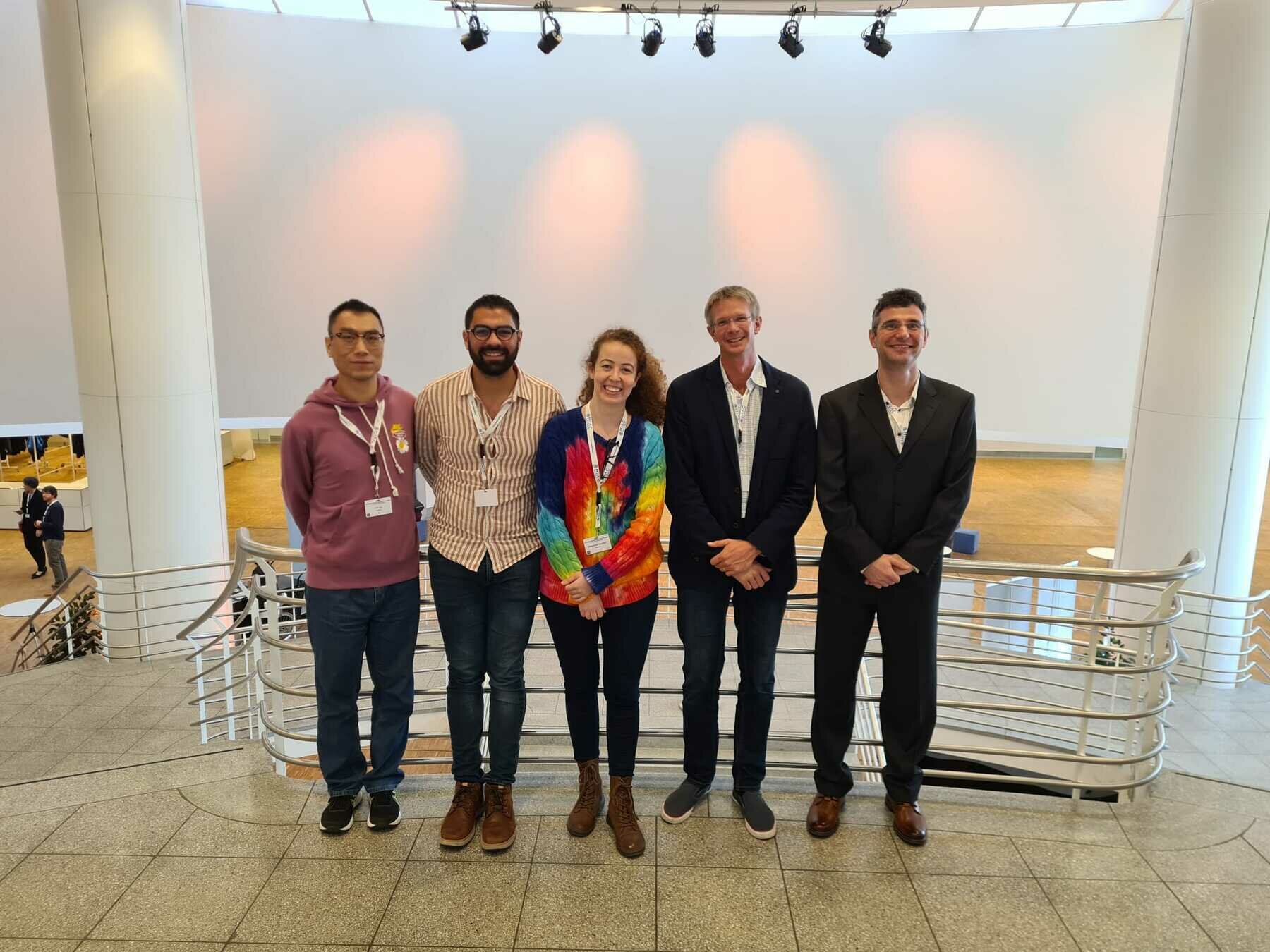

Macroscale angioarchitectural properties of functional and structural networks (ISMRM2024)
By Stefano Moia
Macroscale angioarchitectural properties of functional and structural networks (ISMRM2024)
CC-BY 4.0 Stefano Moia, 2024. Images are property of the original authors and should be shared following their respective licences. This presentation is otherwise licensed under CC BY 4.0. To view a copy of this license, visit https://creativecommons.org/licenses/by/4.0/
- 47



